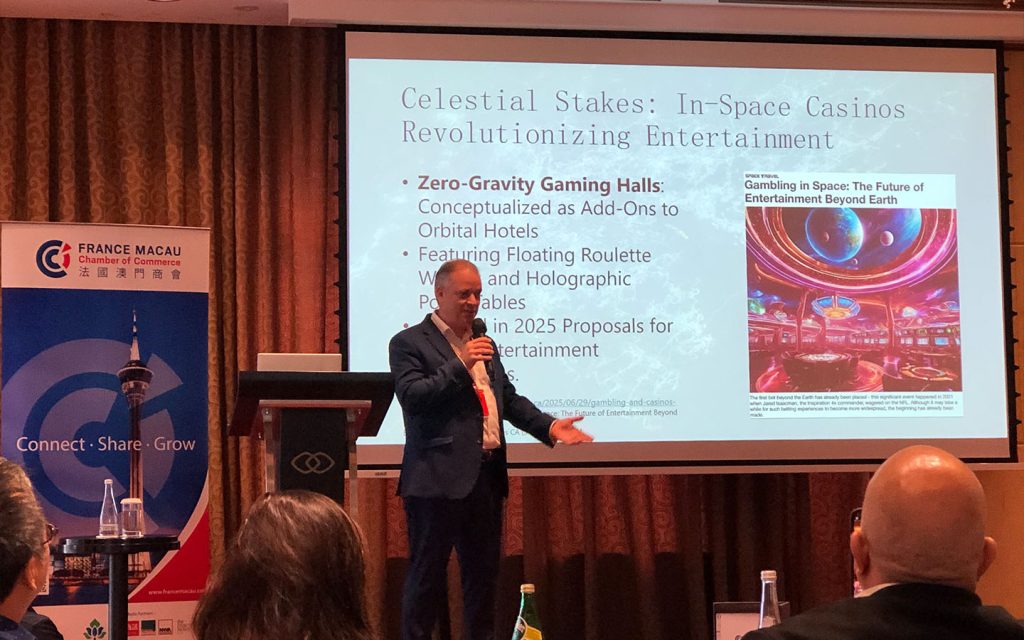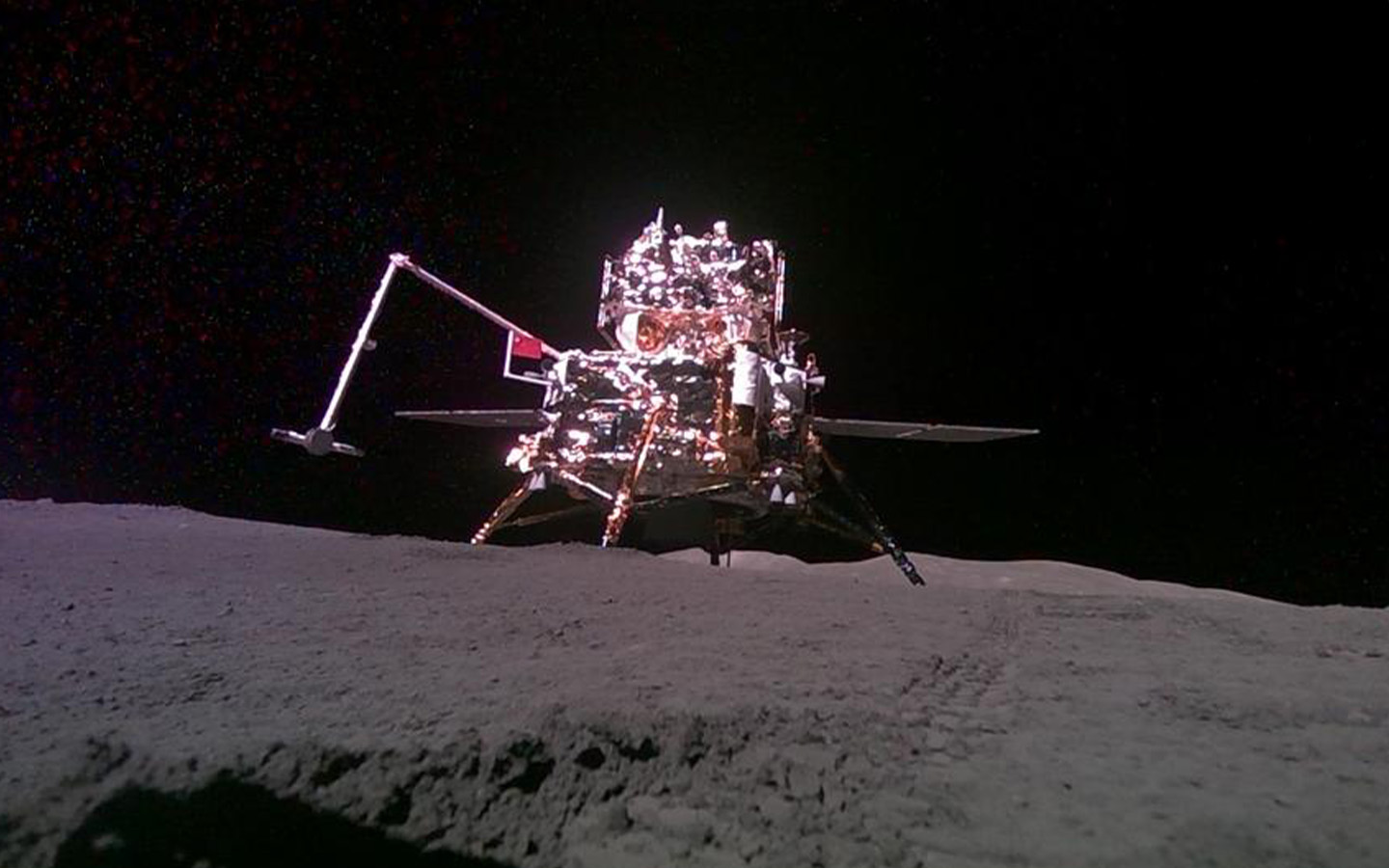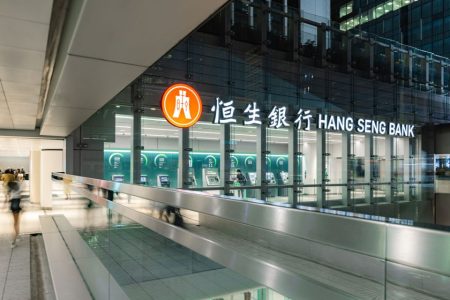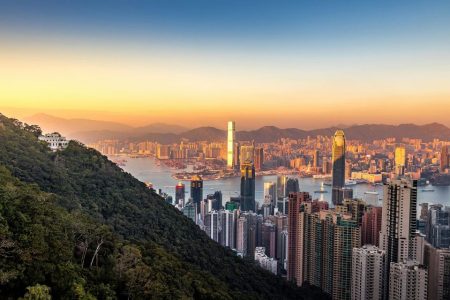Few may realise that Macao is already deeply interconnected with the sophisticated backbone of the global space economy, says Cédric Thiry, chief executive officer of EmTDLab. He was speaking at last Friday’s France Macau Chamber of Commerce (FMCC) breakfast hosted at the Sofitel.
Every single piece of digital data carries with it a time and location stamp that is verified by a satellite hovering above the Earth’s atmosphere, the engineer shared, adding that if the aerospace infrastructure that any electronic information relies on suddenly becomes unavailable, Macao would be left in the dark.
The example highlights how tightly linked the world economy is presently entwined with aerospace industries, driven in part by the growth of the space economy, which is broadly defined as the spectrum of activities and resources that generate value through the exploration, use, and integration of space-based systems.
[See more: China aims to overtake the US in space science by 2050]
Falling costs and growing innovation are fueling an industry that is potentially worth $1.8 trillion by 2035, according to estimates by McKinsey and Co. With the use of reusable rocket technology, the price to reach Earth’s lower orbit has dropped from $65,000 per kilogram to a current run rate of $1,500, with many seeing launch expenses declining further as the technology improves, the consultancy reports.
Once tightly managed by government agencies but now increasingly driven by public-private partnerships (PPPs), the prospects for a space economy are rapidly really taking off. In China, over 500 commercial space companies with key linkages to the Greater Bay Area (GBA) received 40 billion yuan in government support during the first half of the decade, Thiry showed in his presentation, highlighting the public ambitions to incubate these industries into major economic drivers.
Utilising the GBA’s and Macao’s organic talents
When considering that servicing the space economy is no different from any traditional supply chain, the competitiveness of the GBA becomes much more visible. Guangdong’s manufacturing hubs and Shenzhen’s software companies can develop the technologies that will power space exploration while Hong Kong’s robust financial markets raise capital, Thiry says, noting the HK$100 million commitment from the SAR’s most recent policy address to boost aerospace innovation through research and development grants.
[See more: NASA bars Chinese nationals from its space programs amid a new ‘space race’]
Locally, Macao’s contribution will be shaped by its tourism and education sectors, led by knowledge-building initiatives rather than direct commercial ventures or large-scale infrastructure, Thiry adds, with his remarks coinciding with a new exhibition featuring – among other things – China’s aerospace explorations, which opens from today until the 12th of October at the Macao Science Centre.
The aerospace consultant suggests Macao could host space camps and science outreach programs, tapping into its robust hospitality sector to draw international visitors with an interest in space. Its close proximity to Hainan, which is to conduct over 20 launches in 2026, positions Macao to ride the growing wave of space tourism across the GBA region, he says.

Solidifying a global framework for space
From space tourism to zero-gravity hotels, what was once considered science fiction is now moving closer to reality. But building a space economy is not without its regulatory and structural constraints, comments Eduardo Loureiro, an international lawyer and arbitrator with the Macao-based firm BN Lawyers.
“Space treaties are not only fragmented, many date back to the 1960s and do not embrace the technological advances made over the past six decades,” he told Macao News, elaborating that even as policy frameworks materialise, global enforcement can be a challenge since much of it relies on self-regulation.
Such hurdles are not unfamiliar to other advanced technologies, especially those related to artificial intelligence and data collection, Loureiro explains. However, his most pressing concern is environmental protection in space, where mid-orbit collisions could increase the concentration of floating debris, an event known as the Kessler effect, potentially wreaking havoc on the aerospace infrastructure modern economies depend on.
[See more: Chinese scientists are designing a washing machine for use in space]
“While rapidly evolving technology is one complication to consider, we may be nearing our physical limits on what can be sent into orbit if debris mitigation doesn’t shift from voluntary to mandatory,” notes Loureiro, who worked on space-related projects as a legal officer at the European Commission and served on its Interservice Nanotechnology group, coordinating cross-policy nanotech initiatives.
Yet, under the right governance structure that recognises space as a common good for everyone, there’s no question that industries across the GBA can benefit from the opportunities above us, the lawyer says, observing that without enforceable global standards, those opportunities risk being undermined by the very hazards that have yet been collectively addressed.






